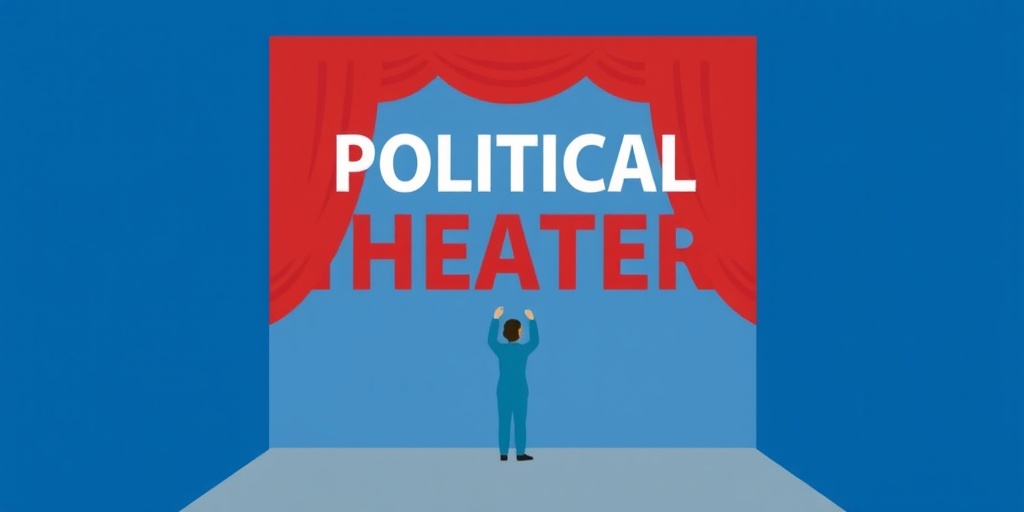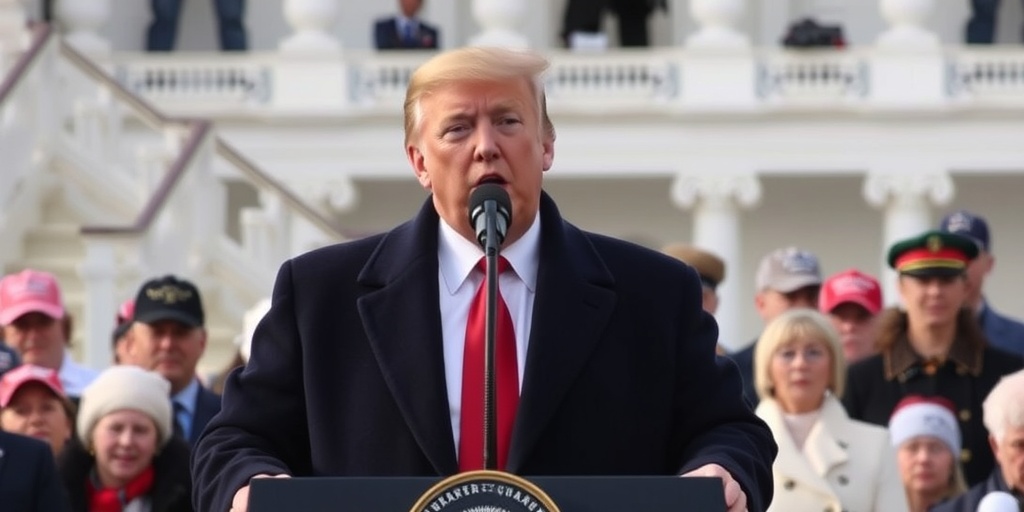Now Reading: Trump’s First Day: Key Moves and Decisions
-
01
Trump’s First Day: Key Moves and Decisions
Trump’s First Day: Key Moves and Decisions

President Trump’s Bold First Day in Office: A Sweep of Executive Orders and Controversial Decisions
President Donald Trump marked his first day in office on Monday by taking the oath at noon and promptly setting into motion a series of substantial executive actions aimed at reshaping the federal government. Within hours of assuming office, Trump signed a multitude of executive orders and granted nearly 1,600 pardons, signaling his intention to assert his authority and push forward on several vital policy fronts, ranging from immigration to health care.
Among the most significant actions taken by President Trump on his inaugural day was the decision to pardon nearly all individuals involved in the January 6 Capitol riot. This sweeping clemency order encompassed nearly 1,600 people charged in connection with the violent insurrection, with Trump granting pardons to the majority of the defendants and commuting the sentences of fourteen members of the far-right Proud Boys and Oath Keepers militias, who had been convicted of seditious conspiracy. Additionally, the pardon directive instructed the Justice Department to dismiss any outstanding charges against individuals facing prosecution related to the Capitol attack, a move that drew immediate ire from various quarters.
Beyond the pardons, Trump also initiated the process to withdraw the United States from the World Health Organization (WHO). This decision aligns with Trump’s longstanding criticism of the organization, particularly regarding its handling of the COVID-19 pandemic. Public health experts have raised alarms, asserting that such a withdrawal could severely diminish the U.S.’s reputation as a leader in global health and hinder future pandemic responses.
In another decisive move, President Trump commenced a rigorous crackdown on immigration. He signed a series of executive orders that marked the beginning of a comprehensive policy offensive aimed at tightening the nation’s borders and enforcing strict measures against immigrants already residing in the United States. These orders included a declaration of a national emergency, which authorized the deployment of military forces to the U.S.-Mexico border. Additionally, Trump is pushing to eliminate birthright citizenship for children born in the U.S. to noncitizen parents—a proposal laden with constitutional implications and legal challenges.
The President further sought to address TikTok’s controversial position in the U.S. by signing an executive order that aims to delay a federal ban on the popular social media app. While the legality of this order is murky, it instructs the attorney general not to enforce the ban for a period of 75 days. Trump expressed a desire for the U.S. to receive a financial stake in TikTok if a deal is brokered, reflecting the ongoing tension between national security concerns and economic interests.
Environmental policy also bore the brunt of Trump’s decisive actions, as he signed an executive order to withdraw the U.S. from the Paris climate agreement, making America one of only four nations not participating in this global commitment to reduce carbon emissions. Critics argue that this move undermines international climate efforts and diminishes the U.S.’s influence in addressing climate change.
Additionally, the new President unveiled a hiring freeze across the federal government, which would remain in effect until a broader plan for workforce reduction is formulated. This executive order explicitly targeted the Internal Revenue Service (IRS), which had previously received significant funding increases under President Biden’s administration, hinting at potential shifts in federal workforce policy.
In a further indication of his administration’s priorities, Trump called for the dismantling of federal programs that promote diversity, equity, and inclusion, effectively rolling back policies established under the Biden administration aimed at protecting transgender rights. This move has sparked considerable backlash from LGBTQ+ advocates and civil rights groups, who view it as a setback for progress made in the realm of civil rights.
Lastly, Trump hinted at imposing significant tariffs against both Canada and Mexico, threatening a 25 percent tariff on products sourced from these countries as early as February 1. The President justified these tariffs by claiming that both nations were facilitating “mass numbers” of people and the influx of fentanyl into the U.S. Furthermore, he suggested the possibility of imposing a universal tariff on all imports, claiming that numerous countries exploit the U.S. economically.
In summary, President Trump’s inaugural actions reflect a paradigm shift in federal policies across multiple sectors. The unprecedented breadth and scope of his executive orders signal a determined effort to implement his administration’s agenda swiftly and unilaterally, setting the tone for what promises to be a tumultuous term in office as he navigates both support and opposition in a deeply polarized political landscape.
Stay Informed With the Latest & Most Important News
Previous Post
Next Post
-
 01New technology breakthrough has everyone talking right now
01New technology breakthrough has everyone talking right now -
 02Unbelievable life hack everyone needs to try today
02Unbelievable life hack everyone needs to try today -
 03Fascinating discovery found buried deep beneath the ocean
03Fascinating discovery found buried deep beneath the ocean -
 04Man invents genius device that solves everyday problems
04Man invents genius device that solves everyday problems -
 05Shocking discovery that changes what we know forever
05Shocking discovery that changes what we know forever -
 06Internet goes wild over celebrity’s unexpected fashion choice
06Internet goes wild over celebrity’s unexpected fashion choice -
 07Rare animal sighting stuns scientists and wildlife lovers
07Rare animal sighting stuns scientists and wildlife lovers





















